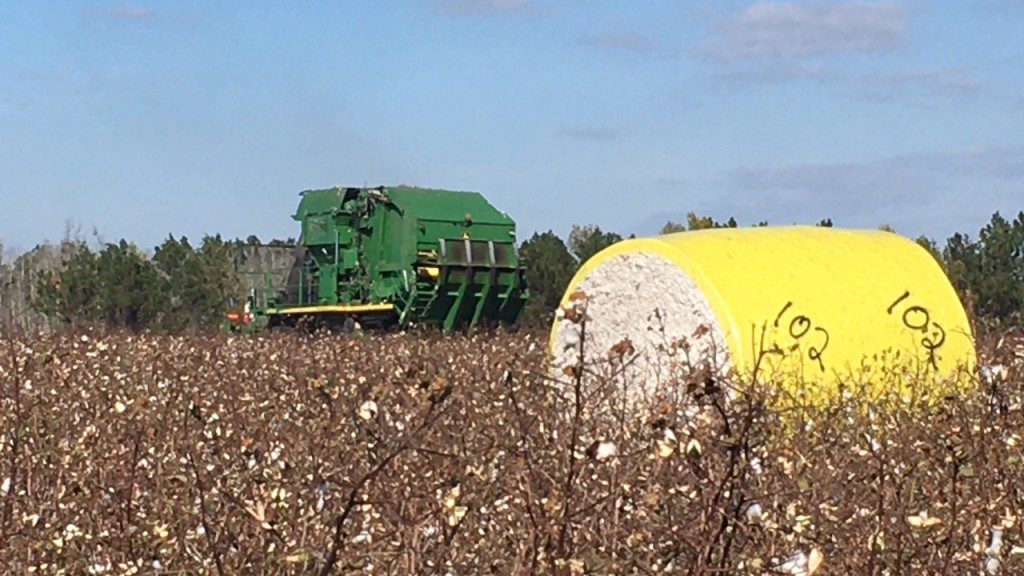Recent Posts
-
Plant parasitic nematodes, to include the southern root-knot, the reniform, the sting, and the Columbia lance nematodes, are important pests that reduce yields in our cotton fields across Georgia every year. Seedling disease, especially when caused by Rhizoctonia solani, and, to a lesser degree, Pythiumand other fungal pathogens, is a potential problem in every field…
Posted in: Uncategorized -
Below are a few words from Dr. Bob Kemerait, UGA Peanut Plant Pathologist about early season diseases and nematodes. When asked about their disease management program, growers will likely focus on the fungicides that they will use over the course of a season to protect their crop from leaf spot, white mold, and possibly a…
Posted in: Peanuts -
This time of year I get a lot questions about home garden tomatoes at the Colquitt County Extension office. Lets discuss some tomato growing tips. • Get a soil test!! Soil samples can be taken to the Colquitt County Extension Office. • Tomatoes require a soil with a pH in the range of 6.2 to…
Posted in: Gardening -
I have received this question a few times this week. Dr. Culpepper, UGA Cotton Weed Specialist, preaches that preemergence herbicides are the most effective tool to prevent resistance to post herbicides. Research conducted across GA during 2018/2019 showed that an effective preemergence herbicide mix reduced the number of pigweed needing to be controlled by the…
-
I have received a question or two about Tan Spot (formerly Helminthosporium) in local wheat. Tan spot has been noticed in a few area wheat fields and these fields range from boot to early heading stage of development (Week of April 4, 2020). The pictures below are examples of Tan Spot that I have been…
Posted in: Small Grains -
How do I control thistles in my pasture? I have received a question or two about thistle control in pastures. Thistles are biennials, which grow from seed in year one and produce seed in the second year. During the first year, the plant will grow as a rosette and the second year the plant bolts…
Posted in: Hay & Forages -
The area corn crop this week ranges from being planted to the V3-V4 stage of development. Growers need to evaluate their corn stands. A good uniform corn stand at the correct population is essential for high corn yields. Table 4, which is in UGA Corn Production Guide, shows the length of row required at various…
Posted in: Corn -
As we go through bud break in Colquitt County, lets discuss a few topics such as budmoth, Ambrosia beetle and Phylloxera. Pecan Budmoth – Accroding to Andrew Sawyer, UGA Area Pecan Agent, budmoth adults overwinter under bark scales then start laying eggs in the spring. Eggs hatch in about 6 days and the larvae then…
Posted in: Pecans -
Below are words from Dr Bob Kemerait on the current peanut seed quality and seed quality situation We have received many questions in recent days pertaining to the quality issues facing our peanut seed supply in 2020 and relative performance of seed treatments Dynasty PD and Rancona. Below is the information that you need to know…
Posted in: Peanuts -
Morningglory control in corn has been topic of discussion this week. In Georgia, morningglories are particularly difficult to manage because residual herbicides do not provide full-season control and corn maturation in late June/July allows ample sunlight to reach the soil surface which stimulates late-season emergence/growth. In heavy infestations, complete control of morningglory is almost impossible…
